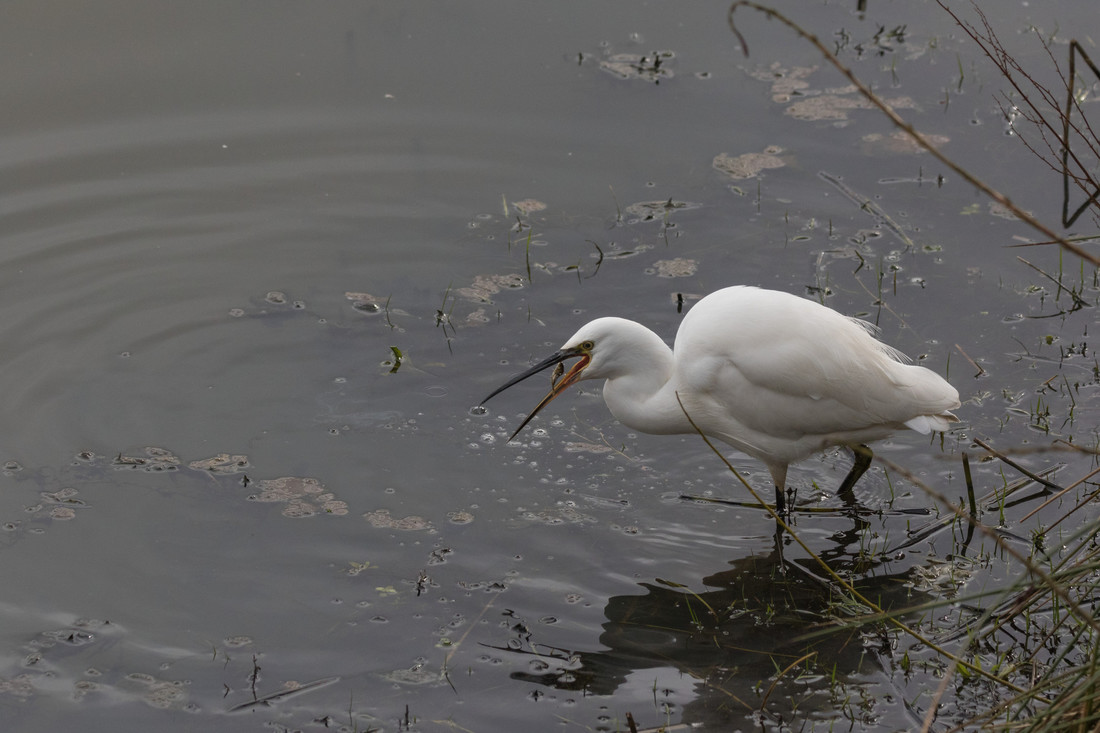Wildlife sightings for 7th May 2013
3 Redshank - wader scrape, main lake
1 Little Ringed Plover - wader scrape
1 Green Sandpiper - wader scrape
1 Common Sandpiper - wader scrape
2 Lapwing broods - wader scrape 4 chicks in one brood and 1 in the other
3 Common Tern - main lake
1 Wheatear - grazing marsh
1 Yellow Wagtail - wader scrape
1 Garden Warbler - singing near Peacock tower
1 Rook - flew over N
1 Peregrine -
1 Kestrel - hunting on site
5 Buzzard - fly overs
4 Swift - main lake
To allow the sand martins to establish their nests the nest bank will be closed from April 18. It will reopen, probably towards the end of May, once the chicks are being fed. The birds can still be observed entering and leaving the bank from the Peacock Tower or the Wader Scrape Hide.
Recent bird highlights: Bittern, Little Egret, Peregrine, Buzzard, Shelduck, Garganey, Wood Sandpiper, Common Sandpiper, Ringed Plover, Little Ringed Plover, Redshank, Oystercatcher, Curlew, Mediterranean Gull, Little Gull, Yellow Wagtail, Wheatear, Black Redstart, Redstart, Bearded Tit, Stonechat, Rock Pipit, Ring Ouzel.
Wader passage is very good at present with recent sightings of Black-tailed Godwit, Dunlin, Redshank, Sandpiper species, Ringed Plover and Little Ringed Plover. Other spring arrivals have included Wheatear, Chiffchaff, Willow Warbler, Blackcap, Sedge Warbler, Ring Ouzel, Swift, Swallow, House Martin and Sand Martin.
The marsh is good for watching Lapwing displaying over their breeding territory, as well as feeding Yellow Wagtail, Sand Martin and Wheatear. Often the Wagtails will feed close around the cattle where there’s an abundance of insects.
Numbers of hirundines are building every day, avidly feeding on increasing midge hatches on the lakes and scrape as the temperatures rise.
Butterflies and other invertebrates: Brimstone, Comma, Peacock, Orange-tip, Holly Blue, Painted Lady, Large White, Red Admiral, Small White, Speckled Wood, Green-veined White, Bee-fly, Alderfly, Dark Bush Cricket, Nursery web spider, Large Red Damselfly.
Reptiles: Several Common Lizards have been seen on log piles on the South Route, pond zone and also at the base of the Dulverton hide. Slow Worms are starting to appear below the survey tins. We had a record count of 7 adult Grass Snake on one survey on 27th April.
Flowering plants: Bulbous Buttercup, Common Mouse-ear, Cuckooflower, Petty Spurge, Sun Spurge, Thale Cress, Wall Speedwell, Wild Turnip, Daisy, Groundsel, Hairy Bitter-Cress, Lesser Celandine, Primrose, Sweet Violet, Sweet William, Wood Anemone, Cowslip, Marsh Marigold, Wild Daffodil, Red+White Dead Nettle, Annual Meadow-Grass, Butterbur, Colt’s Foot, Chickweed, Common Field Speedwell, Lungwort, Common Whitlowgrass, Cow Parsley, Dandelion, Frittilary, Forget-me-not, Hazel, Silver Birch, Blackthorn, Alder, Aspen, Cherry Plum, Crack Willow, Goat Willow, Grey Willow, Osier, Wild Cherry.
Water Voles: best place to see one would be one of the ponds near the Pond Zone building or ‘Down the Plughole’ exhibit. Also the ponds as you enter the wildside area from world wetlands – there’s plenty of feeding activity here.

